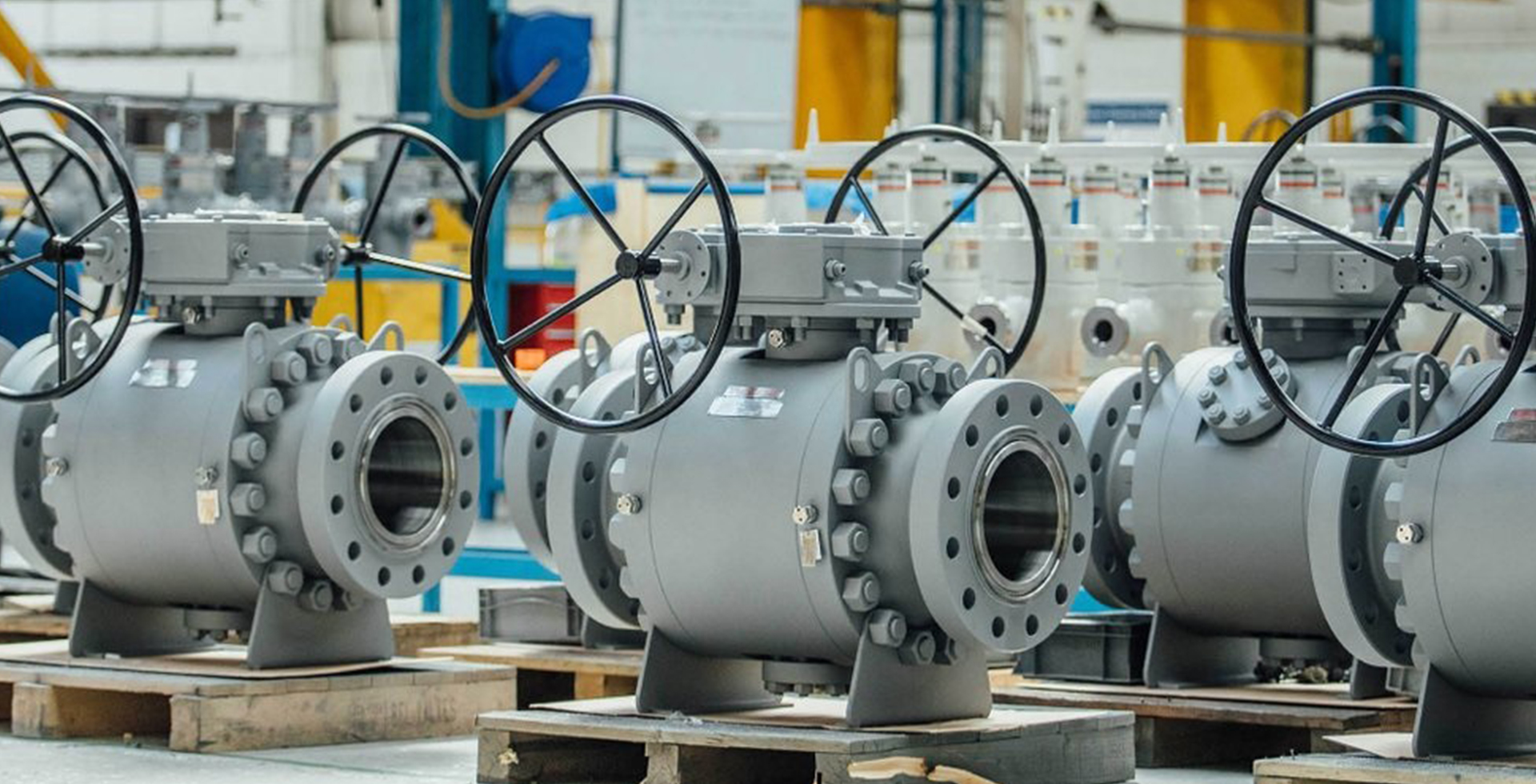
Butterfly valves are different from ball valves, and they belong to the quarter-turn family. These industrial valves are quick to open, and besides isolation properties, they can control media flow.
A butterfly valve is made of high-grade metal with a very simple design. They are lightweight, very affordable and can be installed in tight spaces. The valves are ideally suited for gases or fluids that have low pressure but handled in high volumes. In some cases, butterfly valves are also used to control small particle media.
Also Read : The Butterfly Valve And Its Components
A butterfly valve has four different parts that help it work:
The position of the thin disc of the valve is perpendicular to the flow of the fluid. So, when the lever or the handwheel is turned 90 degrees, the disc becomes parallel to the fluid flow.
The primary function of the body is to cover and protect the internal components of the valve. The inside edge of the valve walls is covered by the seat, made of a metal or a soft elastomer. Its chief function is to act as a sealing agent in tandem with the disc.
When the valve is closed, the disc lodges into the seat. The disc is right at the centre of the valve and looks like a wafer. When the valve is used for isolation, the disc and the seat seal the flow. When the valve is required to control media flow, the disc is partially open. It enables some of the media to pass through.
The last part of a butterfly valve is the stem. It connects the disc to the actuator (lever/handle). When force is applied to the actuator, it passes through the stem and opens up the disc. The stem can be attached to the handle in two ways – either at the side or on top of the body. The stem is also attached to the disc in two ways – either at the back of the disc or through it.
A butterfly valve can be operated:
A remote source sends a single to a gearbox attached to the top of the valve body. The signal tells the valve to turn the stems. This moves the disc, allowing for flow.
In this case, a piston is connected to the side of the valve body. It delivers the required air pressure to open or close the valve. Pneumatic butterfly valves have the quickest operation.
In all cases, the valve opens when the handle is turned by quarter. The pressure drops slightly as you open it. The handle forces the disc to change position. It moves from perpendicular to parallel. In other words, it moves away from the seat towards the valve centre.
If you make the complete quarter turn, the media flows with full force. To close the valve, the handle has to be turned in the reverse direction. This takes the disc from parallel to perpendicular, lodging it into the seat and sealing the valve.
Butterfly valves allow for throttling. In this case, the closed disc changes position only slightly. Because the degree of turn is not a complete quarter, the valve allows only part of the fluid or gas to pass through. How much of the media flows through is dependent on the angle between the disc and the centreline.
Do note that butterfly valves must be installed in the open position. Installing them in a closed position causes the seat to wedge against the seal. It makes opening the valve a challenge.
Because butterfly valves have vast applications, a great variety of them are available in markets around the world. Let’s take a look at some of them.
The first two types of butterfly are categorised according to the disc. They can be eccentric or concentric. In the former, the stem of the valve doesn’t pass through the middle. It is present at the back of the disc face, i.e., in the opposite direction of the media flow. There are three variations of eccentric valves – single offset, double offset and triple offset.
Concentric butterfly valves, also known as a zero offset or centric valve, are the most basic kind. In these, the centre passes through the middle of the pipe and the disc. Often utilised for low-pressure applications, they have another name – resilient-seated valves.
Another type of butterfly valve is based on how each connects to the pipe. In lug style butterfly valves, bolts link the valve to the pipe. The lugs are present outside the valve body. They are used in dead-end services and low-pressure settings. Wafer style butterfly valves have two flanges that are bolted to lock the whole body of the valve.
To sum up:
The mechanism that helps butterfly valves function is very simple. That makes them extremely beneficial for various services and applications. Want to know more about butterfly valves? Or are you looking for reliable industrial valve manufacturers in Singapore? Look no further than Oilway Valves. We can help you with both. So, get in touch today!